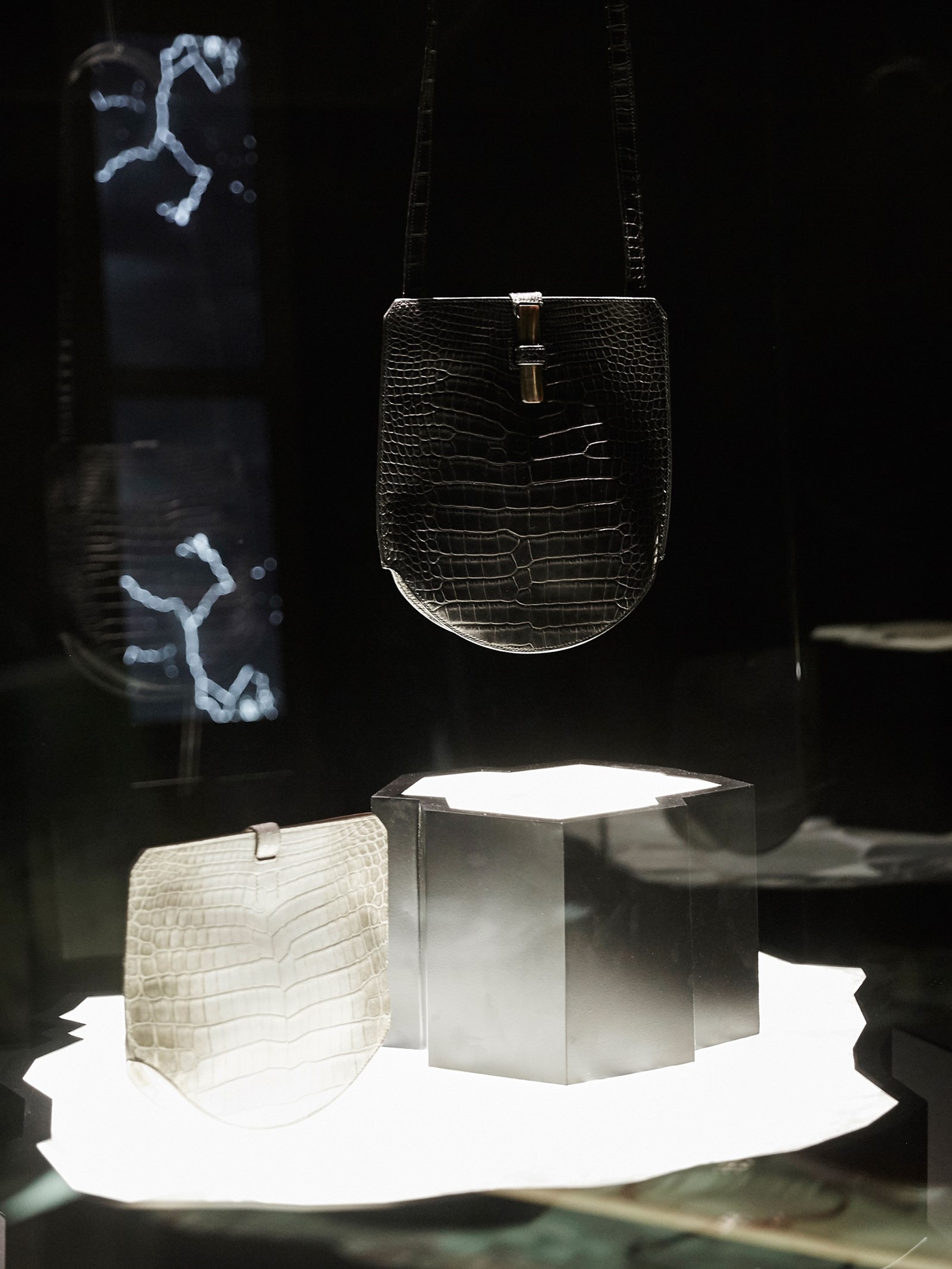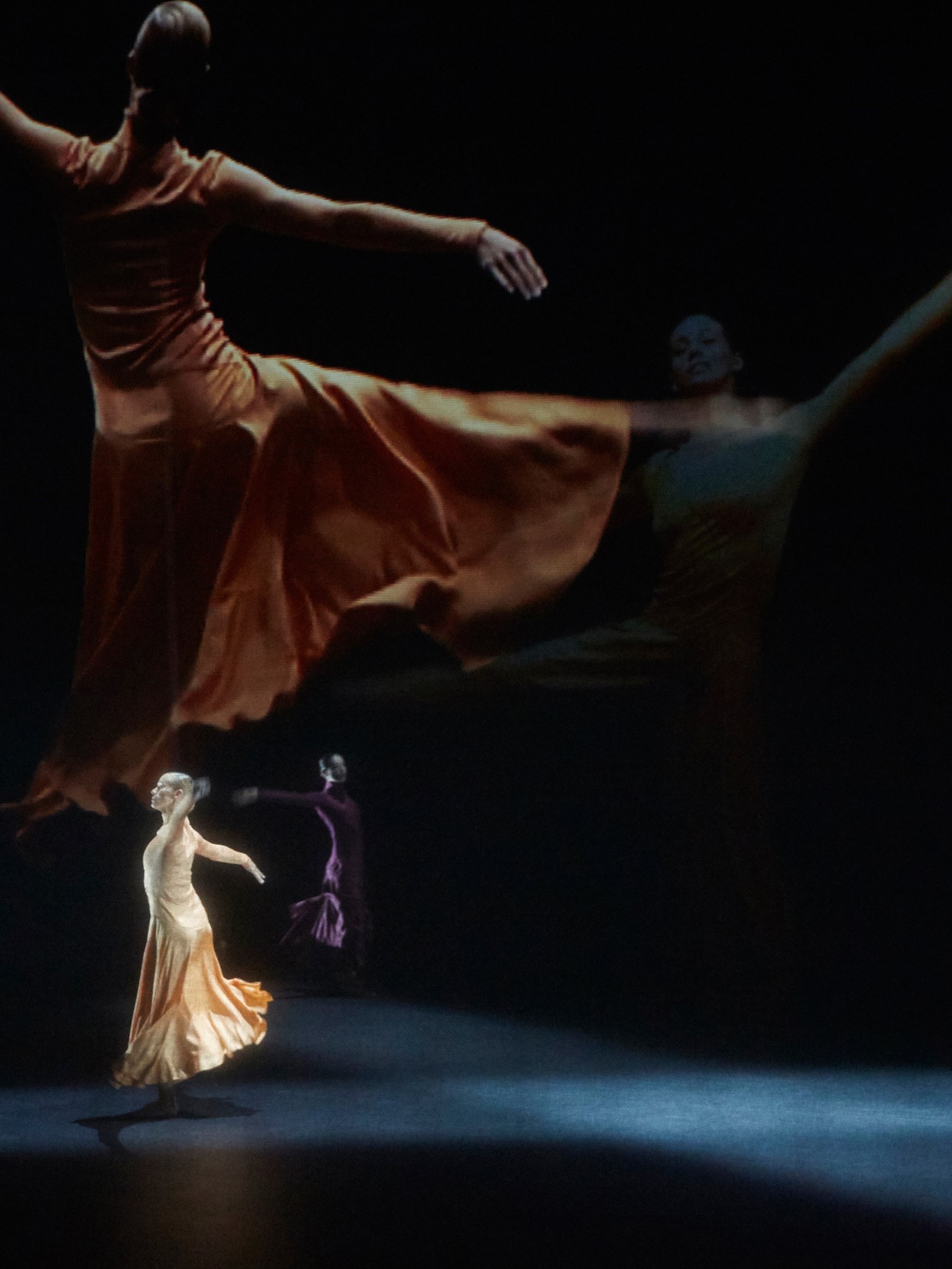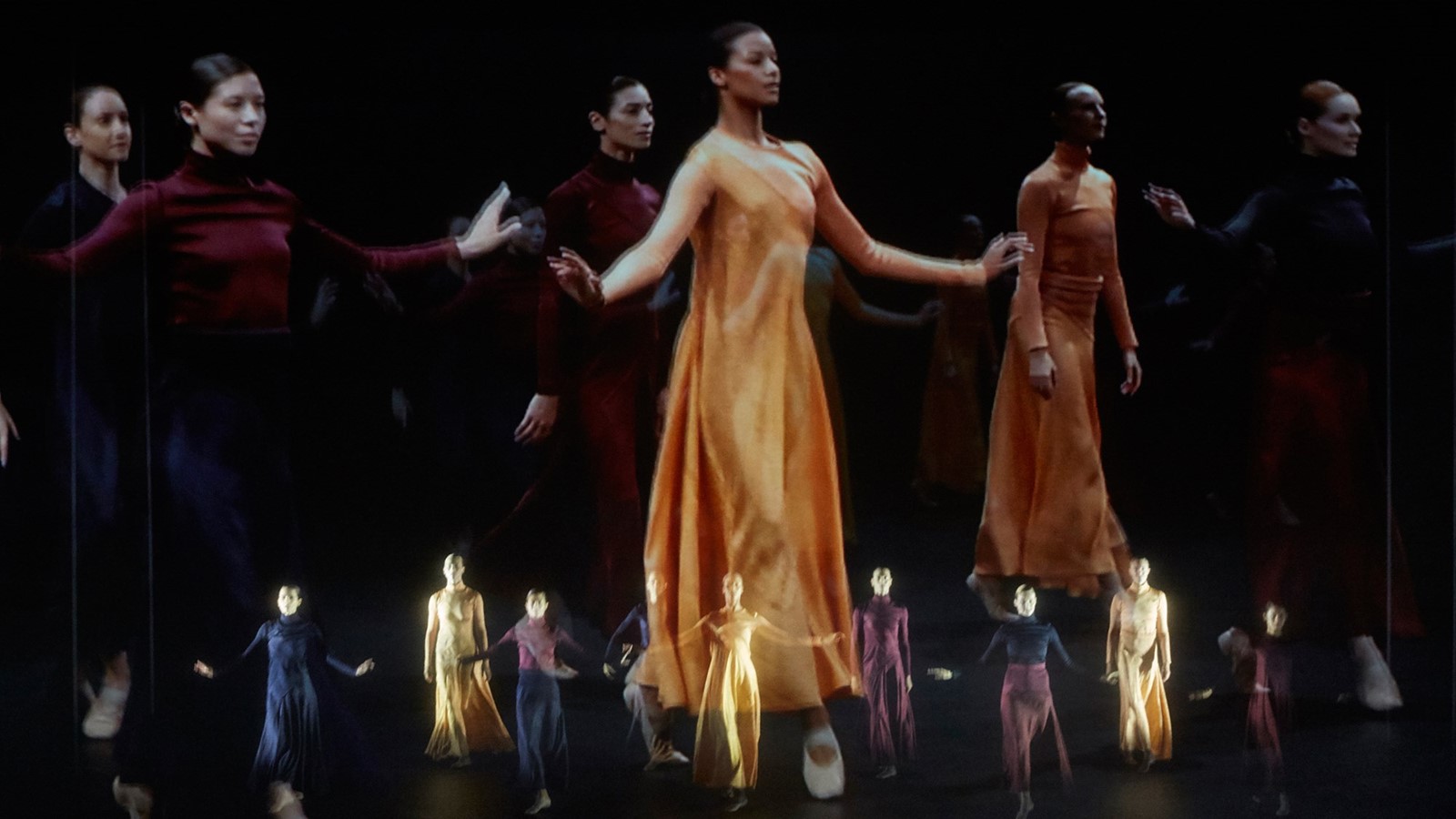Twice a year, and in addition to its ready-to-wear runways, Hermès holds enormous, elaborately staged and immersive “experiences” throughout the world: momentary windows into the brand’s aesthetic, refracted through the lens of their hosting cities. It is a dynamic way of showcasing collections without simply repeating a fashion show (after all, laughs their wonderfully titled artistic director of women's universe Bali Barret, “once is enough”) and deepening the perception of the brand – plus, it allows them to strategically hone in on key markets with remarkable precision. There was the Esther Williams-inspired Movement Feminin in Paris in 2013, All About Women in New York in 2014 – and, last week, View From Her in Beijing. Starring Nadège Vanhee-Cybulski’s A/W16 collection, brought to life by renowned choreographer Lucinda Childs, View From Her managed to distill the contemporary codes of the house and all 15 of its métiers into a single, live phenomenon – and with all of the refined elegance and grace one would expect.
“In an uncertain world, people have confidence in us” – Florian Craen
Where China once looked like the promised land for luxury retail, over recent years the government’s austere approach towards conspicuous consumption (remember, this is – in some ways, at least – a communist country) has put a dampener on things – subsequently, for the significant majority of brands, growth has plummeted from double-digit figures to a couple of percentage points per year. While this landscape might seem like a rocky space to inhabit, for Hermès, things are blossoming: sales are up, brand awareness is at an all-time high, and they are continuing to build stores in the country (albeit at the slow and steady pace that somewhat defines the brand). But why have they been immune to such tumultuous times? “It’s the product,” shrugs Florian Craen, the brand’s executive vice president of sales and distribution, who has overseen the Asian market since 2009 and who joined Hermès back in 1997 (conveniently, only a few months before they opened their first store in China). “In an uncertain world, people have confidence in us.” And, while this might first sound a little like PR spin, he is absolutely right.

Hermès has built their multi-generational legacy on exceptional craftsmanship: their impeccable leather goods, their quietly distinctive perfection. When I’m stuck in the middle of Beijing traffic en route to the event, I spend a good 20 minutes looking at of one of Vanhee-Cybulski’s clutches, Baton de Craie. It’s quite amazing: the angles that the leather meets at are exactingly uniform, their joins completely seamless (using a saddlery technique they have adapted for handbags), its shape is bizarrely hypnotic and – importantly, in a country where counterfeits abound – it is too precisely formed to be faked. It retails for about £3,000, and the waiting lists for Hermès’ leather goods are long: demand certainly exceeds supply. This one is navy leather, quietly stamped with the Hermès name rather than ostentatiously labelled (a selling point in China, where anti-extravaganza measures condemn bling) and, simply, lovely.
"Childs has evolved something that looks like prehistoric ballet" – Arlene Croce
Its allure bears a striking parallel to the performance I watch upon arrival, where nine women wearing nine dresses perform a Childs-choreographed piece that is similarly hypnotic, equally understated and created from the patterns of Vanhee-Cybulski’s silk-and-wool hybrid dresses (which themselves have turned the prints of the famous Hermès scarves into jacquard). In spite of their synchronised precision, there is something instinctive, or elemental, about the way these women move – Arlene Croce once referred to Childs’ work as “prehistoric ballet” and that seems particularly apt here. It is sensual and fluid: when the dancers sway their hips, the silk of the bias-cut dresses clings to their buttocks and thighs; when they raise their legs, their voluminous skirts – as Vanhee-Cybulski puts it – “deploy”. A video screen partially obscures the stage, and another forms its backdrop; upon them appear more women, and then more, and then more: they project a mesmerising mise en abyme of femininity, an endless celebration of womanhood.

“What really appeals to me is the idea of a woman as a free spirit,” explains Vanhee-Cybulski of the clothes she has been creating for the house since taking the role as artistic director of women's ready-to-wear in 2014. “When I design, I always look to create a certain sense of liberation or emancipation.” So, this first performance bears perfect parity to her approach; sensible. Then, she continues, ”What particularly appeals to me about Hermès is its sense of expertise; the techniques are a fundamental source of inspiration.” So, again sensibly, part two of Childs’ work at View From Her was an exploration of the twillaine technique embedded in Hermes’ history, and which is used throughout the women’s ready-to-wear: against a backdrop of three screens, each playing a different recording of a woman marking out chalk measurements on a silk scarf, that same woman marked out chalk measurements on a silk scarf. Considering just how tedious that sounds, it was remarkably beautiful (in that post-modern way rather the more conventional way), strangely seductive. Repetition is a signature of Childs’ – and here it was entrancing, elevating the dancer’s simple adjustments of the silk into a captivating ritual.
“What really appeals to me is the idea of a woman as a free spirit” – Nadège Vanhee-Cybulski
Watching these performances, one could scarcely imagine a collaboration more sensitively suited to the brand – but it is one that evolved completely organically, rather than through a calculated attempt to position Hermès alongside the avant-garde. In fact, when I ask Barret 'why Lucinda?', she simply exclaims, “because I love her!” before continuing to describe how she happened to see Childs’ seminal Dance two years ago before Googling her and giving her a call. Childs swiftly came out to see the A/W16 show in Paris, and voilà. “I’m obsessed with her,” Barret says – and it’s the same word that Vanhee-Cybulski uses about Childs, continuing that, “when you do a fashion show, you seldom see a woman wearing or living in the clothes; [Childs] totally understood the living part of those dresses.” That’s what it all felt like: a living, breathing, moving embodiment of the principles of Hermès womanhood: quietly sensual, completely enchanting. Clothes made for living, breathing, moving – and, perhaps most importantly here – clothes which are both completely covetable, and worthy of their impressive price tags.
